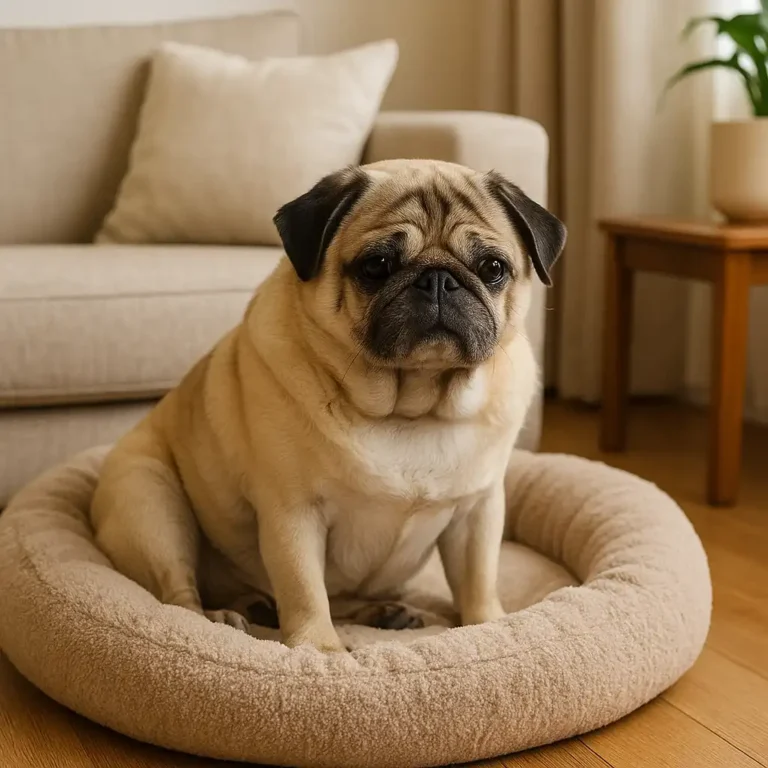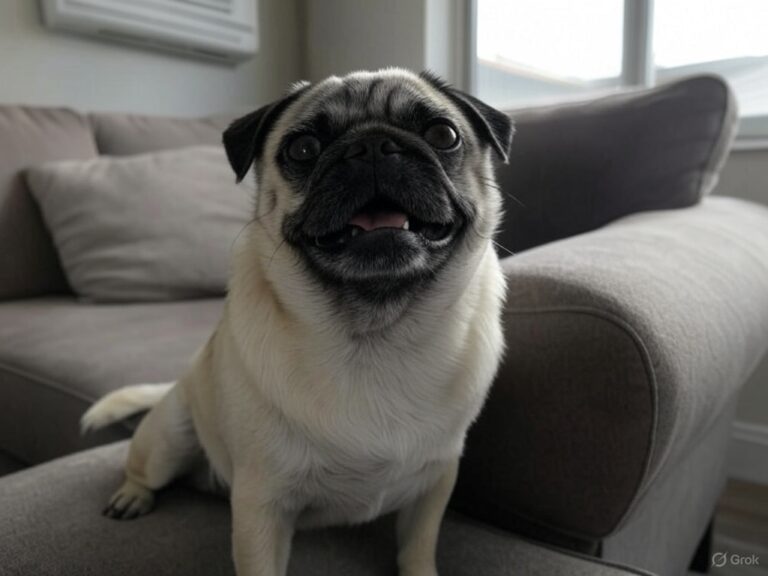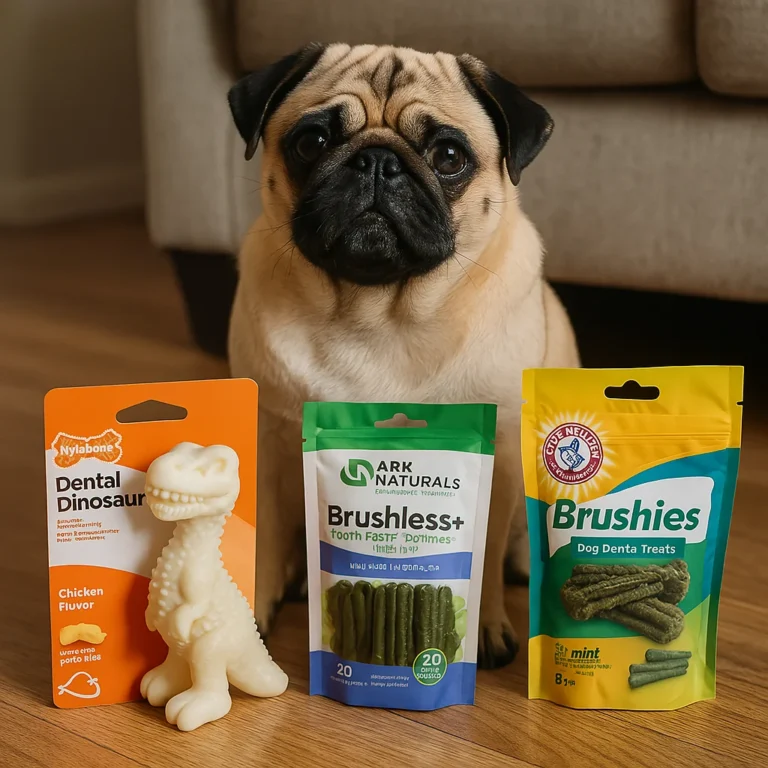How to Take Care of a Pug – Everyday Health and Comfort Tips

Disclosure: This post contains affiliate links. As an Amazon Associate, I earn from qualifying purchases—at no extra cost to you.
Last Updated: August 22, 2025
Pugs are lovable companions, but their short coats, flat faces, and compact build mean they need special care. Comfort, seasonal safety, and daily routines all play a role in keeping them healthy. If you’re rethinking your pug’s meals, our dog foods to avoid guide is a simple way to prevent common diet mistakes.
This guide pulls together practical tips to make daily life easier for both you and your pug—whether they’re curled up on the couch or out on a short walk.
Why Everyday Care Matters for Pugs
Pugs can struggle with temperature changes and weight gain, and those issues often show up in their breathing or joints. That’s why small, consistent routines—like portion control and seasonal adjustments—go a long way in keeping them comfortable.
Winter Coat Tips for Pugs
Cold weather hits pugs quickly since they don’t have much fur to keep warm. A light coat or sweater makes winter walks safer and more enjoyable. Our winter coat tips for pugs share the best ways to balance warmth with comfort.
Caring for Older Pugs
Senior pugs often slow down, but that doesn’t mean their quality of life has to. Softer bedding, gentler walks, and supportive diets can make a big difference. See more suggestions in our caring for older pugs guide.
Keeping Your Pug Busy During the Day
When left alone, pugs may bark, chew, or get restless out of boredom. Rotating toys, puzzle feeders, or safe chews help keep them entertained. For more ideas, check our post on how to keep your pug entertained while at work.
Keeping Pugs Safe in Hot Weather
Flat-faced breeds like pugs can overheat even on short summer walks. Early morning or evening strolls, plenty of shade, and fresh water make a big difference. Our keeping pugs safe in hot weather guide covers warning signs and cooling tips every owner should know.
Pug Lifespan and Health
Most pugs live between 12–15 years, and their daily routines play a big role in reaching that range. Keeping them active, feeding balanced meals, and scheduling regular checkups are key. Learn more in our pug lifespan and health post.
Dry Nose Care for Pugs
A dry or cracked nose is a common pug problem, usually from sensitive skin and folds around their snout. While often harmless, it can cause discomfort. Our dry nose care for pugs explains safe ways to keep their nose soft and healthy.
FAQs
Q: Do pugs get cold easily in winter?
A: Yes, their short coats don’t hold warmth well. A sweater or coat helps protect them during walks.
Q: How can I tell if my pug is too hot in summer?
A: Watch for heavy panting, lying flat on cool floors, or refusing to walk—those are signs they need to cool down.
Q: Do senior pugs need special food?
A: Many do better with lower-calorie meals and joint support, though it’s always best to check with your vet.
Conclusion
Learning how to take care of a pug is about paying attention to the little things—seasonal comfort, daily routines, and age-related changes. With thoughtful care, your pug can enjoy a longer, safer, and more comfortable life by your side.






